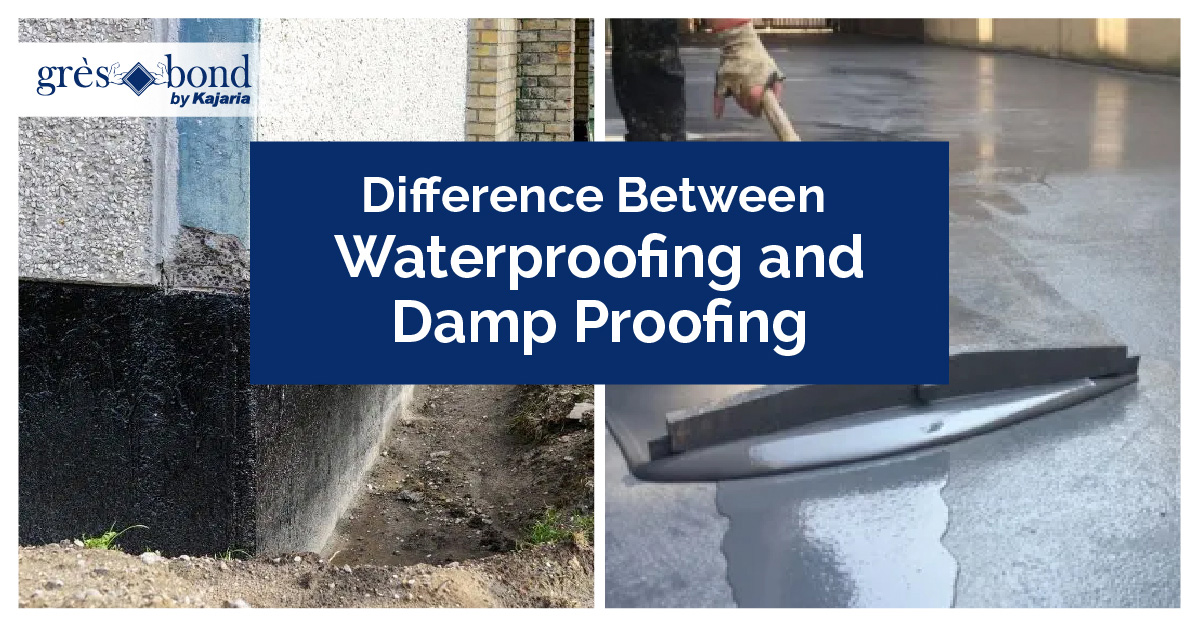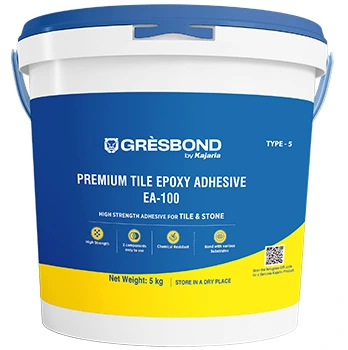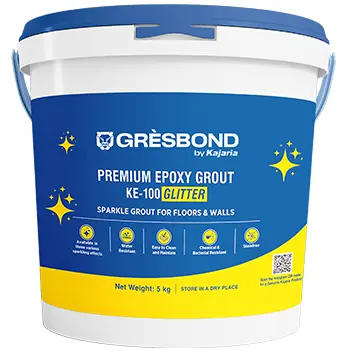Difference Between Waterproofing and Damp Proofing

Difference Between Waterproofing and Damp Proofing
In the battle against moisture intrusion, two key strategies are employed in building construction: waterproofing and damp proofing. Although both aim to prevent damage caused by water and moisture, their applications, methods, and effectiveness vary significantly based on the requirements of the structure.
What is Damp Proofing
Dampproofing is designed to prevent moisture in gaseous form from penetrating walls. It primarily protects against the dampness ascending from the ground, which can cause structural and health issues. Techniques include applying a damp proof course (DPC) or damp proof membrane (DPM) within walls or under concrete slabs to block the capillary action of water movement. Materials used for wet proofing often include flexible materials like bituminous, mastic asphalt, or polyethylene sheeting.
Key Points About Damp Proofing:

- Application Areas: These are mainly used on walls and floors to block moisture from the ground.
- Materials: Often employs flexible, semi-flexible, or mortar-based coatings.
Best Uses: Effective for treating rising dampness in existing buildings and preventive measures in new constructions.
What is Waterproofing
Waterproofing provides a higher level of protection by preventing water in both liquid and vapor forms from entering the structure. This method is essential for parts of buildings susceptible to direct water exposure, such as basements, roofs, and balconies. Waterproofing techniques can include using membranes, coatings, or additives integrated into materials to create barriers that withstand hydrostatic pressure.
Key Points About Waterproofing:

- Application Areas: It is extensively used in basements, roofs, terraces, and other areas exposed to environmental water.
- Materials: This includes the application of cementitious materials, bituminous membranes, liquid membranes, and more advanced solutions like Asian Paints' hydrolock waterproofing.
- Best Uses: Crucial for structures exposed to high moisture levels and water pressure.
Comparative Analysis
- Effectiveness: Waterproofing offers a more robust defense against water, protecting against both moisture and liquid water, whereas dampproofing mainly blocks moisture in vapor form.
- Durability: Waterproofing solutions are generally more durable and provide long-term protection due to their resistance to hydrostatic pressure.
- Cost: Waterproofing can be more expensive than dampproofing due to the materials and labor involved in ensuring a more comprehensive protection level.
Selecting the Right Protection
Choosing between damp proofing and waterproofing depends on several factors:
- Environmental Exposure: Buildings in wetter climates or flood-prone areas might require full waterproofing.
- Building Use: Areas with high humidity, such as indoor pools and manufacturing plants, benefit from waterproofing.
- Budget and Longevity Requirements: Initial cost versus long-term maintenance and repair costs.
Both waterproofing and damp proofing play critical roles in building protection but understanding their distinct purposes and applications ensure that property owners can make informed decisions about the best methods to safeguard their investments. By integrating these systems thoughtfully, buildings can be better protected against the diverse challenges water and moisture pose.














